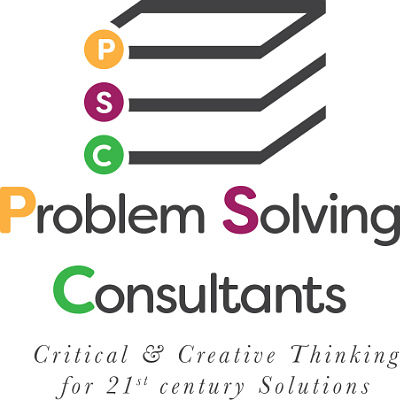How many of us remember the childhood story of the little red hen? In a nutshell, it tells of a little red hen living with other farm animals. She finds a grain of corn and decides to plant it. When she asks for help from the others, no one wants to be bothered. On her own she plants the corn, tends it, harvests it, and takes it to the miller for grinding. From the flour that results she makes a loaf of bread. When the bread is ready to eat, she finally gets offers to help her. The others are more than willing to help eat the fruits of her labors but none was willing to labor with her.
Think about the problems within your organization. Which role do you play? Are you someone who works hard to solve the problem or are you one of those standing on the sidelines, waiting? The only time you want to participate is when the problem has been solved and the fruits of others’ labor are now available.
In my assessment, that’s not the work ethic upon which this country was founded. Of course there were issues in the past and there are issues today which need to be resolved. But one of those issues to be resolved should never be the question of having one or two people do all the work to solve the problems, only to have the rest of the organization jump in and reap all the rewards. Solutions which are developed in that scenario might be excellent ones but the residual bad feelings will almost always undermine their effectiveness. Hard work does pay off but folks need to be willing to break a sweat. Success will follow.
